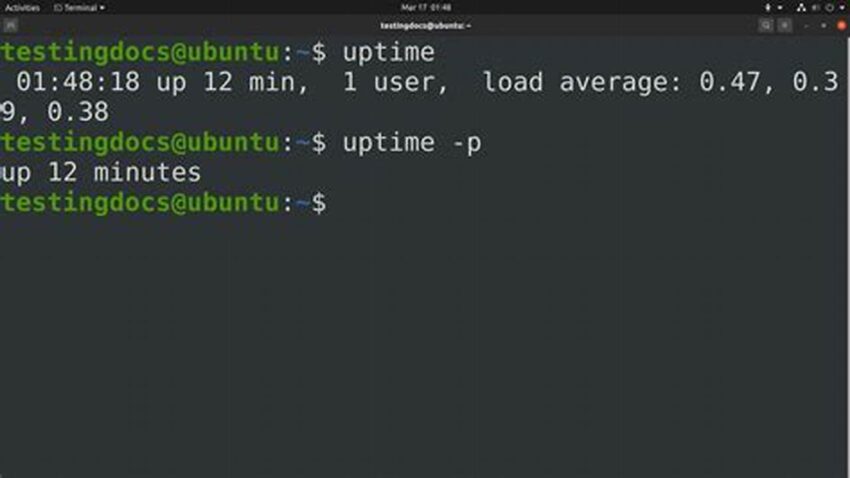Achieving high availability for Linux systems is a critical goal for system administrators. This involves minimizing downtime and ensuring services remain accessible and operational. A comprehensive understanding of system administration principles, combined with practical strategies, is essential for maximizing system reliability and performance.
Importance of System Stability
Stable systems are fundamental to business continuity, user satisfaction, and maintaining a competitive edge. Unplanned outages can lead to financial losses, data corruption, and reputational damage.
Proactive Monitoring
Continuous monitoring allows administrators to identify potential issues before they escalate into critical failures. Implementing robust monitoring tools and strategies is key to preventative maintenance.
Effective Resource Management
Optimizing resource utilization, such as CPU, memory, and disk space, prevents performance bottlenecks and ensures system stability under stress.
Security Hardening
A secure system is a stable system. Regular security updates and best practices mitigate vulnerabilities and protect against malicious attacks that can disrupt operations.
Automated Failover Mechanisms
Implementing redundant systems and automated failover procedures ensures service continuity in the event of hardware or software failures.
Kernel Optimization
Fine-tuning kernel parameters can significantly improve system performance and stability, especially under heavy workloads.
Disaster Recovery Planning
A well-defined disaster recovery plan outlines procedures for restoring systems and data in the event of catastrophic failures, minimizing downtime and data loss.
Performance Tuning
Regular performance analysis and optimization help identify and address bottlenecks, ensuring optimal system responsiveness and resource utilization.
Log Management and Analysis
Comprehensive log management provides valuable insights into system behavior, facilitating proactive issue identification and troubleshooting.
Tips for Enhanced System Reliability
Regular Updates: Keeping the system and its software updated with the latest security patches and bug fixes is crucial for maintaining stability.
Redundancy: Implementing redundant hardware and software components provides backup resources in case of failures.
Testing: Regularly testing failover mechanisms and disaster recovery plans ensures they function as expected when needed.
Documentation: Maintaining comprehensive documentation of system configurations and procedures simplifies troubleshooting and maintenance.
Frequently Asked Questions
What are the common causes of system downtime?
Common causes include hardware failures, software bugs, misconfigurations, security breaches, and resource exhaustion.
How can downtime be minimized?
Minimizing downtime involves proactive monitoring, implementing redundancy, performing regular maintenance, and having a robust disaster recovery plan.
What are the benefits of automated system administration?
Automation reduces human error, improves efficiency, and allows for proactive management of system resources and processes.
What role does security play in system uptime?
Security vulnerabilities can lead to system compromises and downtime. Robust security measures are essential for maintaining system stability.
How can performance be optimized without compromising stability?
Performance optimization should be done carefully and incrementally, with thorough testing after each change to ensure stability is maintained.
What are some key metrics for measuring system uptime?
Key metrics include mean time between failures (MTBF), mean time to recovery (MTTR), and availability percentage.
By implementing these strategies and best practices, system administrators can significantly improve the reliability and availability of their Linux systems, minimizing downtime and ensuring optimal performance.

